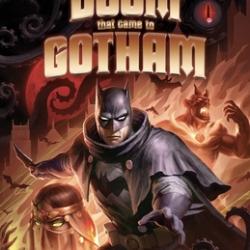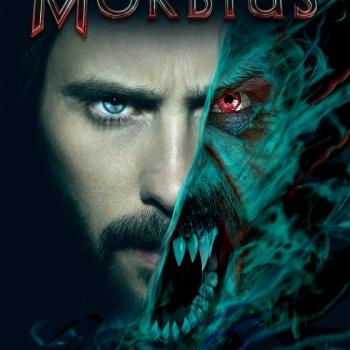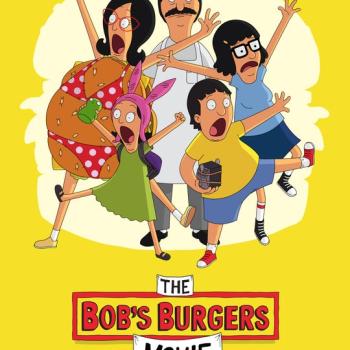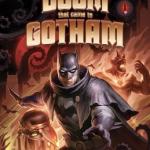Review of Get On Up, Directed by Tate Taylor
Coming on the heels of The Help, the same director Tate Taylor teamed up with Mick Jagger to create Get On Up, a raw biopic of James Brown spanning most of his life. Get On Up does a satisfying job providing both an entertaining movie that avoids the cliches of the usual biopic while providing insights into James Brown’s psyche without creating fanciful theories.
Get On Up is part of a long line of biopics featuring the lives of important African American figures (The Butler, 17 Years a Slave, 42), not to mention two films about Nelson Mandela. They have all been successful movies and Get On Up will be no exception.
Chadwick Boseman gives a stunning performance as the iconic figure in all his multiple personas. Get On Up works fundamentally because Boseman is able to convincingly portray the iconic figure in multiple stages of life. Boseman was a relatively unknown actor until he played Jackie Robinson in 42, but he was reined in by that film’s saccharine script and the younger target audience. Get On Up allows Boseman to display a versatile talent–anger, ego, regret, and inspiration–reflective of James Brown’s multiple personas, but steers clear of the raunchy elements so pervasive, for example, in Ray.
We see the Hardest Working Man in Show Business up close and personal. We see Brown’s mastery of both the “show” and the “business” as he pioneered his own personal industry. We see his overwhelming ego, for which there is no corrective punishment. We see his musical talent break through in a surprisingly moving scene where Brown works out the snare-drum beat for “Cold Sweat.” We even get a glimpse of Brown’s role in American race relations–quelling a rowdy crowd at a Boston concert following Dr. King’s assassination and growing an afro in support of the “Black is Beautiful” movement.
Get On Up is, in a word, fun. Much like Brown’s music, the film exudes the funk. The fourth wall is broken a few times, sometimes with Boseman speaking directly to the camera, and at others an adoption of the hilarious blank stare perfected in The Office. Avoiding a linear storyline, Brown’s story is told flashing back and forth between his adult life and his formative years in Georgia. The episodes documenting his youth feature the milestones–his adolescence as a poor country boy, his mother leaving him, being taken in by an aunt who runs a brothel, his encounter with a charismatic church. We see the potential roots of Brown’s severe independence, his aloofness (always preferring to be called Mr. Brown), and most importantly his love for music.
An unfortunate parallel is between Mr. Brown and his father. Domestic violence and even sexualized marital conflict are seen in both men’s lives, not to mention a predilection to adultery (or at least alluded to). Another theme is how Brown seems to be predestined for greatness. After he overcomes his humble beginnings, nothing can stop him. It’s written in the stars, set by Fate.
Trying to encapsulate all of James Brown into a movie is a tall order and many will find things to criticize. Some may find that the movie may perhaps be just too fun, with only the occasional dark moments when his childhood comes crowding in. But ultimately, I feel like the film has an air of sadness to it. You pity Brown for having no real relationships. It always seemed like it was James Brown on his own. The closest relationships he has are Bobby Byrd (Nelsan Ellis), an original member of the Famous Flames, and Ben Bart (Dan Akroyd), his promoter. Bobby has a tumultuous relationship with Brown and eventually leaves. Ben (“Popps”) dies suddenly on a golf course. In this way, the moral universe in Get On Up is more a subtext than anything. It’s a musical universe of grooving and moving that testifies to the enduring legacy of Brown’s talent to still emotionally affect us.
And one cannot end a review of Get On Up without mentioning the music. All the greatest hits are featured: “I Got You (I Feel Good),” “Papa’s Got a Brand New Bag,” “It’s a Man’s Man’s Man’s World,” and more. Although the musical recordings are of John Brown, Boseman’s stage presence and pizzazz makes the filmed performances really look as if they are being recorded live. The facial close-ups, the crazy dance moves, the manhandling of the microphone stand–it’s all there. You don’t realize until the end how much footage is actually dedicated to the stage performances, perhaps a tribute to James Brown’s oft-repeated notion that to understand him all you need to do is listen to his music. All you need to do is feel the funk.












